

World Heritage Sites
designated by
UNESCO
the World Heritage Committee has inscribed 890 properties on the World Heritage List
The following are some additional ones I have visited:
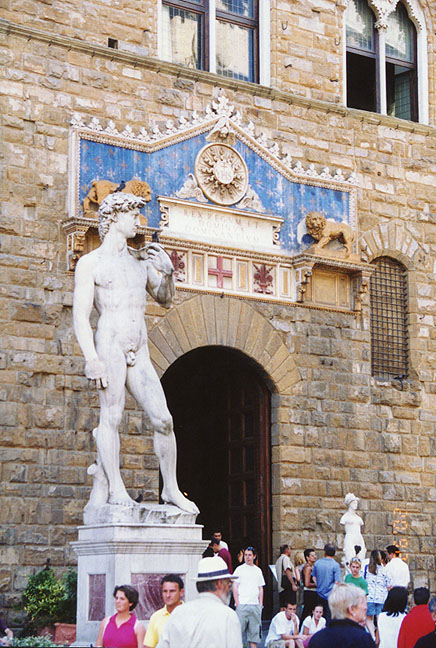
Palazzo della Signoria
Built on the site of an Etruscan settlement, Florence, the symbol of the Renaissance, rose to economic and cultural pre-eminence under the Medici in the 15th and 16th centuries. Its 600 years of extraordinary artistic activity can be seen above all in the 13th-century cathedral (Santa Maria del Fiore), the Church of Santa Croce, the Uffizi and the Pitti Palace, the work of great masters such as Giotto, Brunelleschi, Botticelli and Michelangelo.
| Venice and its Lagoon, Italy |
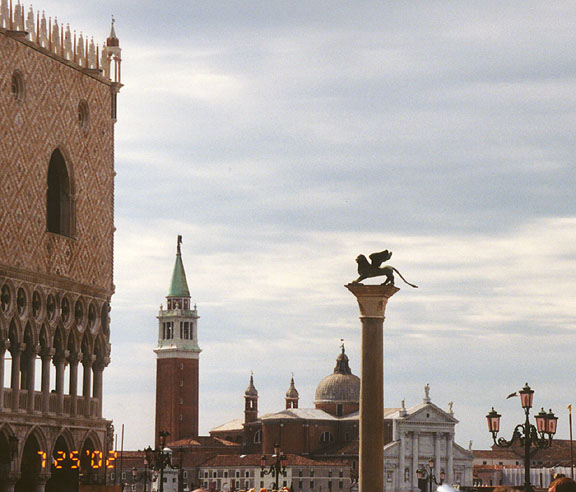
winged lion of Saint Mark
Founded in the 5th century and spread over 118 small islands, Venice became a major maritime power in the 10th century. The whole city is an extraordinary architectural masterpiece in which even the smallest building contains works by some of the world's greatest artists such as Giorgione, Titian, Tintoretto, Veronese and others.
| Piazza del Duomo, Pisa, Italy |
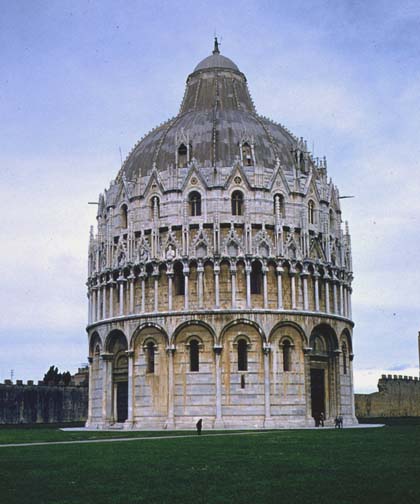
Baptistery at Pisa
Standing in a large green expanse, Piazza del Duomo houses a group of monuments known the world over. These four masterpieces of medieval architecture - the cathedral, the baptistry, the campanile (the 'Leaning Tower') and the cemetery - had a great influence on monumental art in Italy from the 11th to the 14th century.
| The City of Vicenza and the Palladian Villas of the Veneto, Italy |
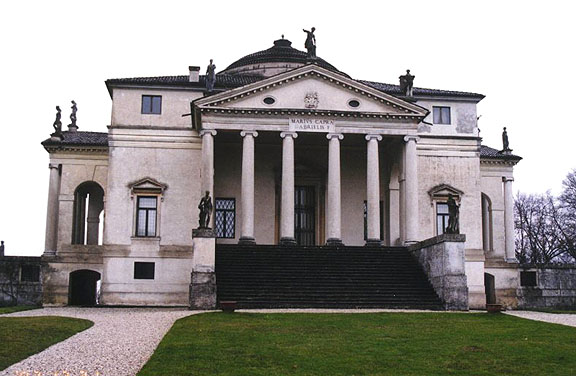
Villa Rotonda
Founded in the 2nd century B.C. in northern Italy, Vicenza prospered under Venetian rule from the early 15th to the end of the 18th century. The work of Andrea Palladio (1508-80), based on a detailed study of classical Roman architecture, gives the city its unique appearance. Palladio's urban buildings, as well as his villas, scattered throughout the Veneto region, had a decisive influence on the development of architecture. His work inspired a distinct architectural style known as Palladian, which spread to England and other European countries, and also to North America.
| Historic Centre of Siena, Italy |
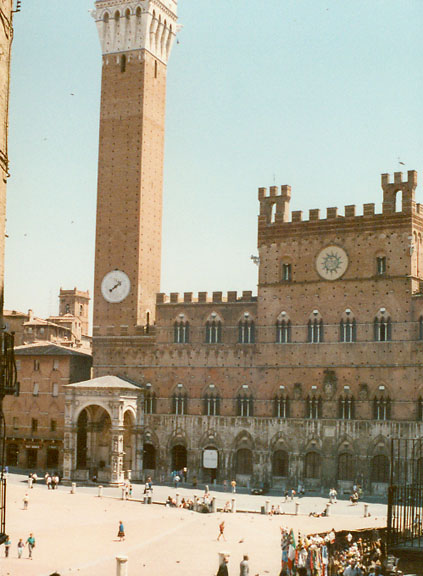
municipal palace
Siena is the embodiment of a medieval city. Its inhabitants pursued their rivalry with Florence right into the area of urban planning. Throughout the centuries, they preserved their city's Gothic appearance, acquired between the 12th and 15th centuries. During this period the work of Duccio, the Lorenzetti brothers and Simone Martini was to influence the course of Italian and, more broadly, European art. The whole city of Siena, built around the Piazza del Campo, was devised as a work of art that blends into the surrounding landscape.
| Early Christian Monuments and Mosaics of Ravenna, Italy |
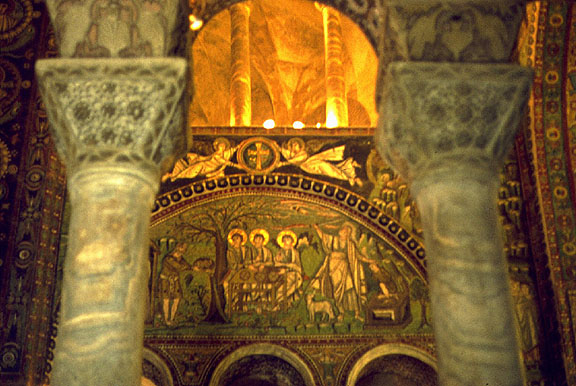
Ravenna was the seat of the Roman Empire in the 5th century and then of Byzantine Italy until the 8th century. It has a unique collection of early Christian mosaics and monuments. All eight buildings - the Mausoleum of Galla Placidia, the Neonian Baptistery, the Basilica of Sant'Apollinare Nuovo, the Arian Baptistery, the Archiepiscopal Chapel, the Mausoleum of Theodoric, the Church of San Vitale and the Basilica of Sant'Apollinare in Classe - were constructed in the 5th and 6th centuries. They show great artistic skill, including a wonderful blend of Graeco-Roman tradition, Christian iconography and oriental and Western styles.
| The Archaeological Areas of Pompei, Ercolano, and Torre Annunziata, Italy |
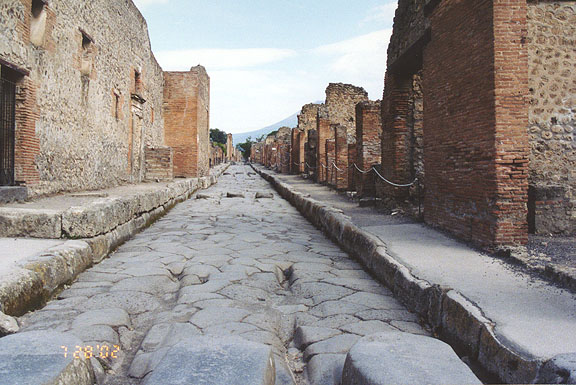
Pompeii
When Vesuvius erupted on 24 August 79 AD it engulfed the two flourishing Roman towns of Pompeii and Herculaneum, as well as the many rich villas in the area. Since the mid 18th century these have been progressively uncovered and made accessible to the public. The vast expanse of the commercial town of Pompeii contrasts with the restricted but better preserved remains of the holiday resort of Herculaneum, whilst the superb wall paintings of the Villa Oplontis at Torre Annunziata give a vivid impression of the opulent life-style of the wealthier citizens of the early Roman Empire.

Agrigento
Founded as a Greek colony in the 6th century BC, Agrigento became one of the leading cities of the Mediterranean world. Its supremacy and pride are demonstrated by the remains of the magnificent Doric temples that dominate the ancient town, much of which remains intact under latter-day fields and orchards. Selected excavated areas throw light on the later Hellenic and Roman town and on the burial practices of its palaeochristian inhabitants.
| Assisi, the Basilica of San Francesco and Other Franciscan Sites, Italy |

Assisi
Assisi, an ancient sanctuary and a medieval hill town, is the birthplace of Saint Francis and fundamentally associated with work of the Franciscan Order. The masterpieces of medieval art, such as the Basilica of San Francesco and the paintings by Cimabue, Simone Martini, Pietro Lorenzetti, and Giotto, have made Assisi a fundamental reference point for the development of Italian and European art and architecture.
| City of Verona, Italy |
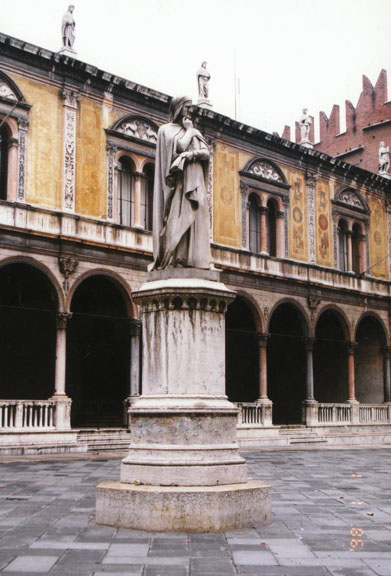
Pizza Signori with statue of Dante
The historic city of Verona was founded in the 1st century CE. It flourished particularly under the rule of the Scaliger family in the 13th and 14th centuries and as part of the Republic of Venice from the 15th to 18th centuries. Verona, a city of culture and art, has preserved a remarkable amount of monuments from antiquity and the medieval and Renaissance periods, and represents an outstanding example of a military stronghold.
|
Historic Centre of Rome, the Properties of the Holy See in that City Enjoying
Extraterritorial Rights and San Paolo Fuori le Mura, Italy |
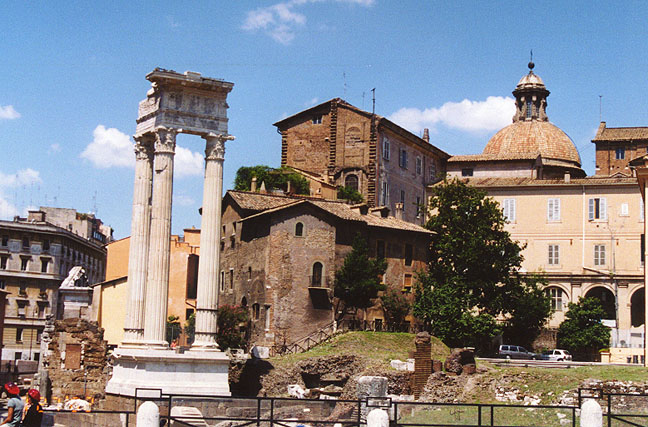
The Temple of Apollo Medice
431 BC - 34 BC
Founded, according to legend, by Romulus and Remus in 753 B.C., Rome was first the centre of the Roman Republic, then of the Roman Empire, and it became the capital of the Christian World in the 4th century. The World Heritage Site, extended in 1990 to the walls of Urban VIII, includes some of the major monuments of Antiquity such as the Augustus Mausoleum, the Hadrian Mausoleum, the Pantheon, the Marcus Aurelius Column, as well as the religious and public buildings of Papal Rome.
| Historic Monuments of Ancient Kyoto (Kyoto, Uji, and Otsu Cities), Japan |
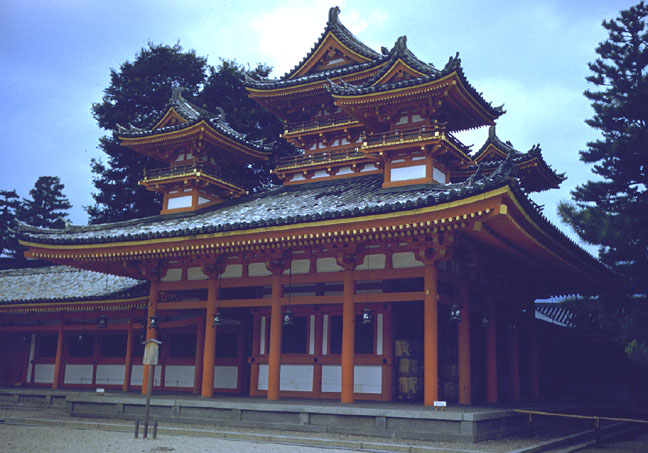
Built in 794 A.D. on the model of the capitals of ancient China, Kyoto was the Imperial capital of Japan from its foundation until the middle of the 19th century. As the centre of Japanese culture for more than a thousand years, it spans the development of Japanese wooden architecture, particularly religious architecture, and the art of Japanese gardens, which has influenced garden landscaping the world over.
| Historic Monuments of Ancient Nara, Japan |
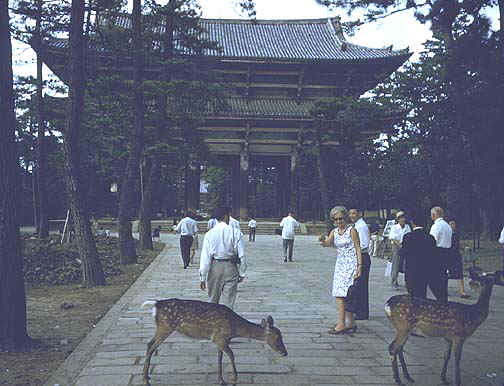
Nara
The historic monuments of Nara -- temples, shrines, the excavated remains of the great imperial palace -- provide a vivid picture of the capital of Japan in the 8th century A.D., a period of profound political and cultural change.
| Shrines and Temples of Nikko, Japan |
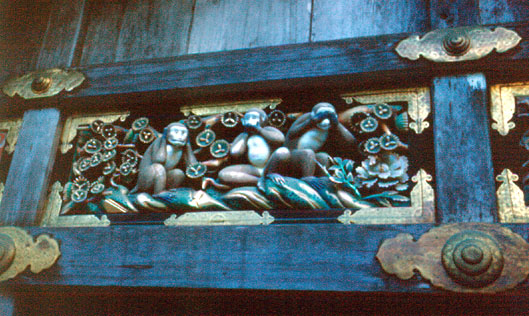
3 monkeys
(hear no evil, speak no evil, see no evil)
The Nikko shrines and temples, together with their natural surroundings, have for centuries formed a sacred site known for its architectural and decorative masterpieces. They are closely associated with the history of the Tokugawa Shoguns.
| Old City of Jerusalem and its Walls, Palestine |
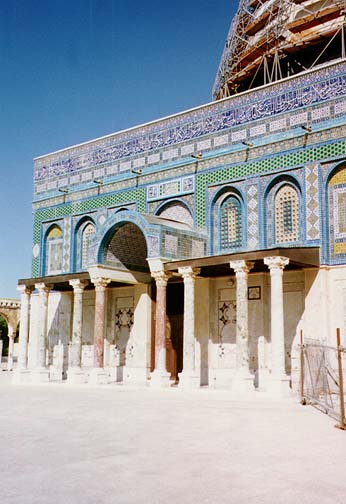
Dome of the Rock
As the holy city for Judaism, Christianity and Islam, Jerusalem has always had a high symbolic value. Among the 220 historic monuments, is the stunning Dome of the Rock, built in the 7th century and decorated with beautiful geometric and floral motifs. It is recognized by all three religions as the site of Abraham's sacrifice. The Wailing Wall delimits the quarters of the different religious communities whilst the Resurrection Rotonda protects Christ's tomb.
The situation of Jerusalem is an exceptional one in that there is no general political agreement as to the status of the city, certain states declaring that they abided by the situation defined in the 1947 United Nations partition plan which considered Jerusalem as a corpus separatum located neither in Israel, nor in Jordan.
The safeguarding of the monumental, religious and cultural heritage of the Holy City of Jerusalem has been one of UNESCO's main concerns since 1967.
My Life List of World Heritage sites I have visited
![]()
Return to Favorite Experiences page
![]()